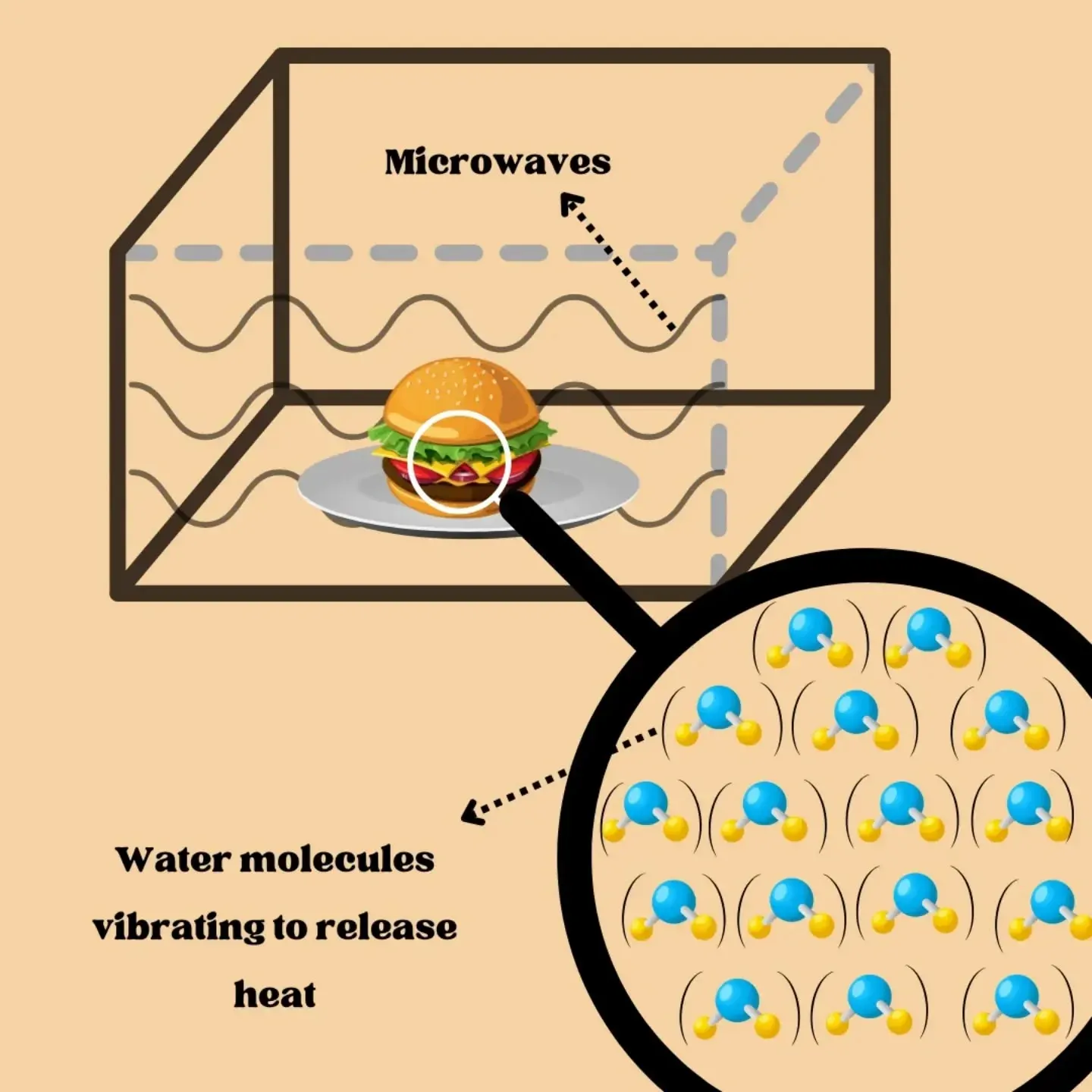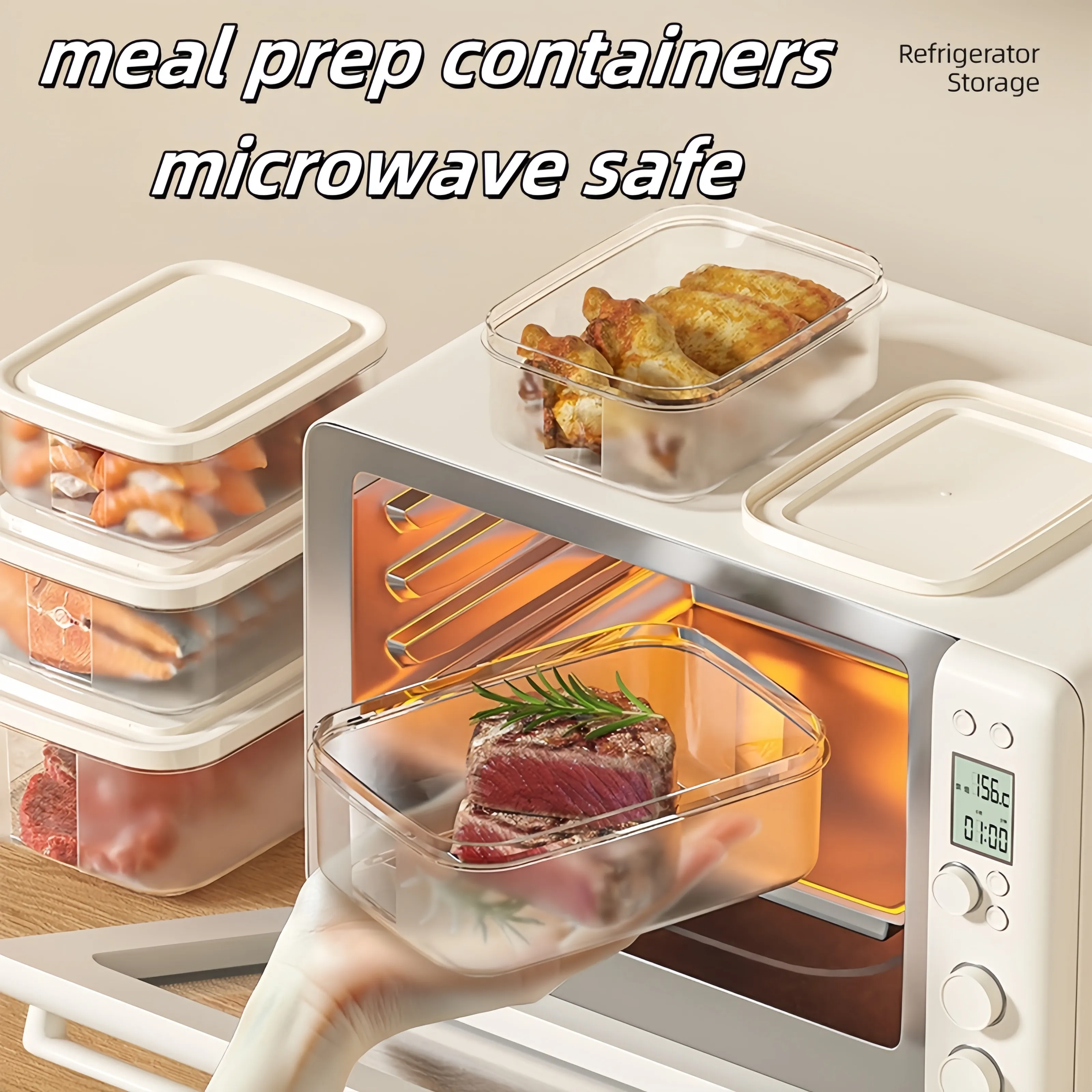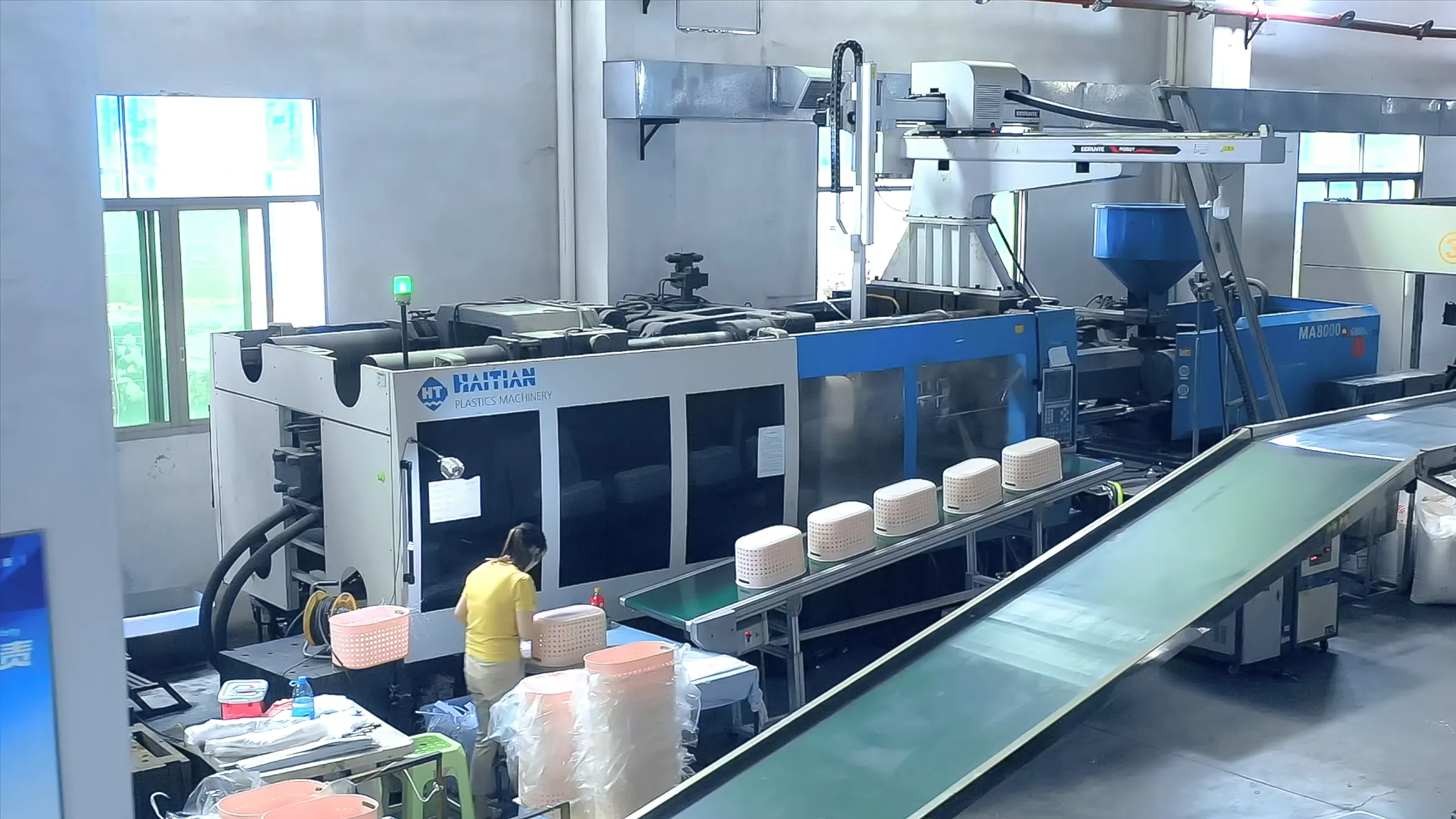Is this meal prep container safe for the microwave? This is what many people asked. Let me tell you that the short answer is: sometimes, but it depends on the material, construction, and how you use it.
This guide, delivered by Xinghui, a Hersteller von Lebensmittelbehältern, explains how microwave heating works, which materials are safe (and which aren’t), how to tell if a meal prep container is microwave-safe, and practical tips to heat your food safely.
How Microwaving Works
Microwaves heat food by agitating the water molecules inside the food, which eventually produces heat. This process can be fast and uneven if the food is not arranged or stirred.
When using a microwave, the oven is raising the temperature of the food, rather than of the container, which means that the container should only need to withstand the heat without melting, deformation, sparking, or other chemicals leaching into your food. “
Microwave-safe” labeled containers have been tested by the manufacturer under specific conditions. Testing is still done for safety, even if it does not factor in all real-life situations (e.g., heating high-fat foods above high power).

Quick Materials Checklist
Materials have very different responses in a microwave. We put together a quick reference for you to save when you’re choosing or using a meal prep container:
Glass (tempered/borosilicate) — Your best choice for reheating overall, will not react with food, can withstand high heat, and will not leach chemicals. Use a heat-resistant glass container specifically for frequent microwaving.
Food-grade silicone — Many silicone containers are effective in the microwave and will also have some flexibility. Check for that microwave-safe label.
Polypropylene (PP for short) plastic — Often labeled microwave-safe and reasonably heat resistant. Look for the recycling code “PP” or the microwave-safe label. Choose thickness or warmth quality items.
Other plastics (PET, PS, polycarbonate/BPA plastics) — Often not recommended when heating up food. PET or polystyrene (or foam) can displace, warp, or leach chemicals, and polycarbonate is suspect due to BPA.
Stainless steel — Not safe in the microwave. Then metal can reflect microwaves/damage, not safe for use, and can make sparks.
Ceramic — Usually ok as long as the glaze is microwave safe and that is labeled. Be cautious of metallic trims.
Biodegradable polymers (PLA, etc.) — Usually very little heat resistance, check the manufacturer’s instructions for use, and to be fair, don’t microwave most of them unless it is expressly permitted.
How to Tell If A Meal Prep Container is Microwave-safe
Before microwaving, do these quick checks:
- Look for the label or symbol. Many containers are stamped with a microwave icon or marked “microwave-safe.” That’s your first clue.
- Check the material code. The recycling triangle with a number helps: Polypropylene (PP, identified by the code 5) is generally the safest plastic for heating; Avoid reheating in Polyethylene Terephthalate (PET, code 1), Polystyrene (PS, code 6, including foam), or other non-certified codes.
- Check manufacturer instructions. Some containers are safe for reheating but not for high-power or prolonged heating.
- Inspect the condition. If a container is cracked, severely scratched, or warped, don’t microwave it — degradation can increase chemical migration or cause failure.

Sichere Mikrowellenpraktiken für Mahlzeitenzubereitungsbehältnisse
Even when a container is microwave-safe, how you heat it matters. Follow these practical tips to avoid hot spots, spills, and chemical exposure:
- Vent the lid. Loosen or remove lids (or open the vent) to let steam escape and reduce pressure build-up. Sealed containers can explode. Pressure buildup from trapped steam can lead to container rupture and dangerous spills.
- Use medium power & heat in short bursts. Reheat at medium power in 30–60 second intervals and stir between intervals to distribute heat evenly. Always pause to stir the food thoroughly between intervals to distribute heat evenly and prevent hot spots.
- Avoid heating fatty foods in plastic. Oils and high-fat foods get hotter than water-based foods and can cause plastics to break down. Excessive heat can cause certain plastics to rapidly soften, degrade, or accelerate the leaching of non-polymeric additives.
- Never microwave metal. Remove metal clips, trays, or foil before heating. Metal reflects microwaves, which will cause arcing (sparking) and can severely damage the oven’s magnetron tube.
- Avoid overheating empty containers. Microwaving an empty container can cause localized heating and degradation.
- Careful with eggs and sealed items. Whole eggs in shell and tightly sealed items can rupture — vent or pierce them first. Because the rapid heating of water inside a sealed container or skin generates high internal steam pressure that the rigid barrier cannot withstand.

Health Concerns: Plastics, Additives, and “BPA-free”
Problems with plastics are, in general, about chemical migration — plastic chemicals transferring to food on heating. Increasing numbers of brands now offer BPA-free containers, removing one well-known compound of concern (bisphenol A). “BPA-free” is not, however, a guarantee that the container will not leach other compounds when heated. For repeated reheating, the best choice is glass, ceramic labeled microwave-safe, or good-quality silicone.
Buying Tips: Choose A Microwave-friendly Meal Prep Container
When shopping for meal prep container solutions, consider these factors:
- Material foremost: Opt for borosilicate or tempered glass, high-quality PP plastic that is marked microwave-safe, or food-grade silicone.
- Manufacturer clarity: Pay attention to temperature ratings, certifications (FDA/EU food contact), and specific guidance about microwaves that is easy to understand.
- Lid design: Select a lid that has vents or a lid you can safely open when you’re microwaving to allow for steam to escape.
- Durability: Thicker walls and solid sealing systems usually hold up to repeated use and washing better.
- Multi-use or single-use: Do not reheat single-use takeaway foods or thin plastics.
- Environmental factors: In the attempt to be sustainable, you might choose durable glass or reusable silicone instead of compostable products that don’t tolerate heat.
Cleaning and Maintenance
Dishwasher-safe labels are important — repeated high-heat dishwashing can prematurely wear out plastic meal prep containers.
Replace broken, crazed, or permanently discolored containers — these are signs the plastic matrix is breaking down.
For stain or odor removal, try a baking soda soak or a dilute white vinegar soak before washing.
Über Xinghui

At Xinghui, every container is a result of precision, discipline, and advanced automation. As a führender Hersteller von Lebensmittelbehältern, we run fully standardized production lines designed for consistency and efficiency. Our automated facilities ensure stable output even for large-scale orders, while our rigorous QA system—built on international standards—guarantees each custom meal prep container solution meets food safety and durability expectations worldwide.
Schlussfolgerung
Always check your container’s material and microwave-safe label before heating. Opt for glass, quality silicone, or PP plastic for safe reheating. Remember to vent lids, use medium power, and avoid metal. Prioritizing these practices ensures your meals are heated safely and your containers last longer.





